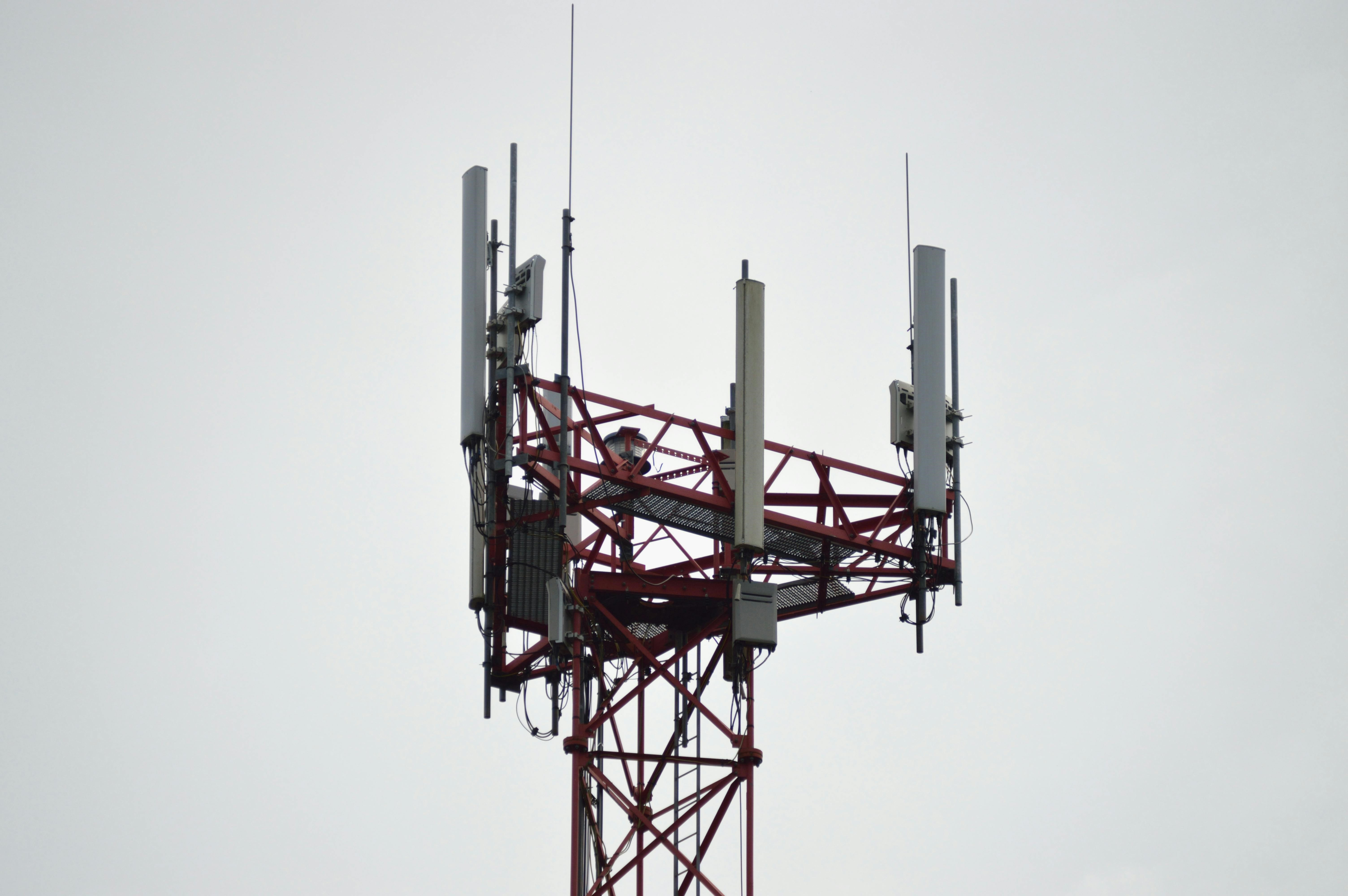Mobile, Data, and Digital Services on the Rise, CA Report Shows
Kenya’s information and communications technology (ICT) sector continued its impressive growth trajectory in the third quarter of the financial year 2024/2025, according to the latest Sector Statistics Report released by the Communications Authority of Kenya (CA).
The report covering January to March 2025, highlights notable gains in mobile subscriptions, mobile money usage, and digital connectivity. The report shows that mobile (SIM) subscriptions increased by 6.7 per cent to reach a record 76.16 million, pushing the mobile penetration rate to 145.3 per cent, reflecting the increasing impact of mobile technology in daily lives.
Machine-to-machine (M2M) subscriptions, which are vital for the Internet of Things (IoT) and smart devices, also rose by 3.5 per cent to nearly two (2) million. With mobile money powering financial inclusion in Kenya, subscriptions grew by 7.2 per cent to 45.36 million while registered mobile money agents grew by 5.5 per cent to 416,994.
Mobile data subscriptions increased to 57.18 million, representing a 1.9 per cent rise, while mobile broadband subscriptions went up by 2.4 per cent to reach 44.44 million. The quarter also indicates increased smartphones adoption, with 42.35 million smartphones reported, representing a 2.1 per cent increase from the previous quarter, compared to feature phones which stood at 32.5 million, accounting for a 6.5 per cent rise. This shift towards more advanced devices is enabling Kenyans to access a wider range of digital services, from e-commerce to e-learning.
The overall mobile phone penetration stood at 143 per cent with smartphones and feature phones standing at 80.8 per cent and 62.2 per cent respectively. Domestic voice traffic saw a steady rise, with on-net voice minutes (calls within the same network) rising by 5.4 per cent to 24.36 billion minutes, and off-net calls (across networks) up 5.1 per cent. Similarly, on-net SMS traffic grew by 2.8 per cent, though off-net SMS volumes declined by 7.7 per cent, likely reflecting changing communication habits as users shift towards Internet-based messaging platforms.
International incoming mobile voice traffic surged by 14.4 per cent, while outgoing calls abroad rose by 1.4 per cent. However, international SMS traffic declined, mirroring global trends as more people opt for app-based messaging. In-bound roaming data volumes—a measure of data used by visitors in Kenya—increased by 10.6 per cent, suggesting a rebound in travel and tourism.
In the postal and courier sector, domestic letters reduced by 82.1 per cent to 145,627 while outgoing letters increased significantly by 119 per cent to 14, 427. Domestic parcels sent during the period reduced by 25.5 per cent to 2.7 million.
With the expansion of digital services, the report also notes the increasing significance of electronic transactions and cybersecurity. During the period, the number of cyber threats detected by the National Kenya Computer Incident Response Team (KE-CIRT) surged by 201.7 per cent to 2.5 billion. Correspondingly, the number of cyber threat advisories issues during the period increased by 14.2 per cent to 13.2 million. The number of dot.ke domains stood at 109,251.
As the ICT sector continues to grow, it promises new opportunities for businesses, entrepreneurs, and everyday citizens alike.

